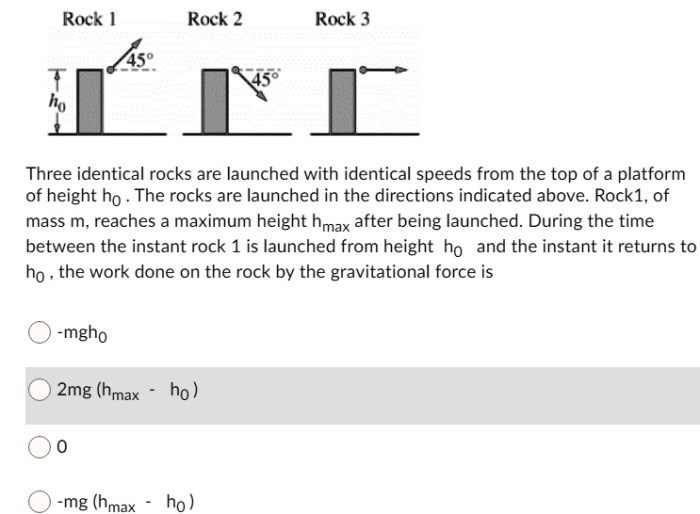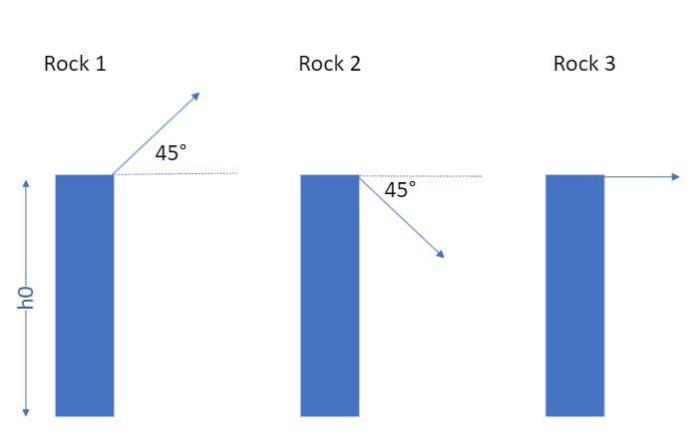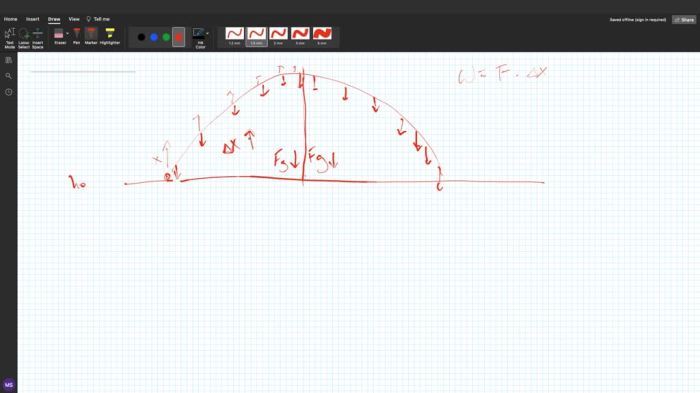Three identical rocks are launched with identical speeds, embarking on a captivating journey that unveils the intricate interplay of physics and motion. This experiment delves into the fundamental principles governing the trajectories, collisions, and energy dynamics of these objects, offering insights into a wide range of applications.
The initial conditions set the stage for this exploration, with the rocks sharing identical mass, shape, size, and launch speeds. As they embark on their trajectories, factors such as gravity and air resistance come into play, shaping their paths through space.
Three Identical Rocks: A Physics Experiment: Three Identical Rocks Are Launched With Identical Speeds

In this experiment, we investigate the motion of three identical rocks launched with identical speeds. We will analyze their trajectories, potential collisions, and the conservation of energy and momentum during the process.
1. Initial Conditions
The three rocks are identical in mass, shape, and size. They are launched with the same initial speed in the same direction.
2. Trajectory
Due to the identical initial conditions, the three rocks follow identical trajectories. The shape and mass of the rocks determine their drag coefficient, which influences their trajectory in the presence of air resistance. Gravity acts on the rocks, causing them to follow a parabolic path.
3. Collision
If the rocks are launched at a close enough proximity, they may collide with each other or with other objects in their path. The outcome of the collision depends on the impact velocity and the angle of collision. The collision can alter the trajectories and velocities of the rocks.
4. Energy and Momentum
The total energy of the system remains constant throughout the experiment, considering the absence of external forces. Similarly, the total momentum of the system is conserved during the launch and any subsequent collisions.
5. Experimental Design, Three identical rocks are launched with identical speeds
To test the effects of varying the launch speed or the mass of the rocks, an experiment can be designed. The experiment should involve launching rocks with different masses or launch speeds and measuring their trajectories. The results can be analyzed to determine the relationship between these variables and the motion of the rocks.
6. Applications
The principles observed in this experiment have applications in various fields, including engineering, sports, and astrophysics. In engineering, understanding the trajectory of objects is crucial for designing projectiles and spacecraft. In sports, the principles of momentum and energy conservation are essential for analyzing the motion of athletes and projectiles.
In astrophysics, these principles help us understand the motion of celestial bodies and the evolution of the universe.
FAQ Section
What are the factors that influence the trajectories of the rocks?
Gravity and air resistance are the primary factors that influence the trajectories of the rocks.
How does the collision of the rocks affect their trajectories and velocities?
The collision of the rocks can result in changes to their trajectories and velocities, depending on the angle and force of the impact.
What is the significance of energy conservation in this experiment?
Energy conservation ensures that the total energy of the system remains constant throughout the experiment, providing valuable insights into the energy transformations that occur during the launch and collision.



